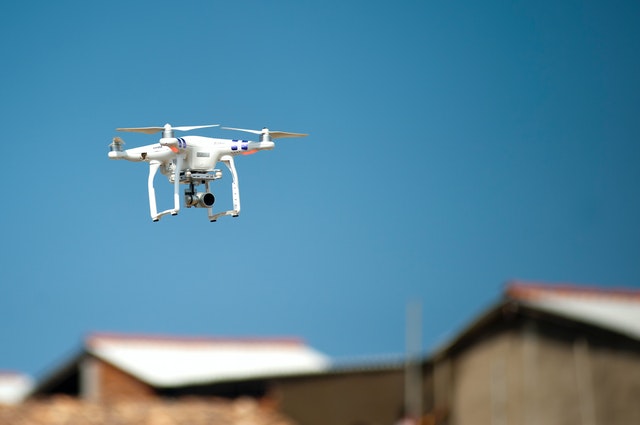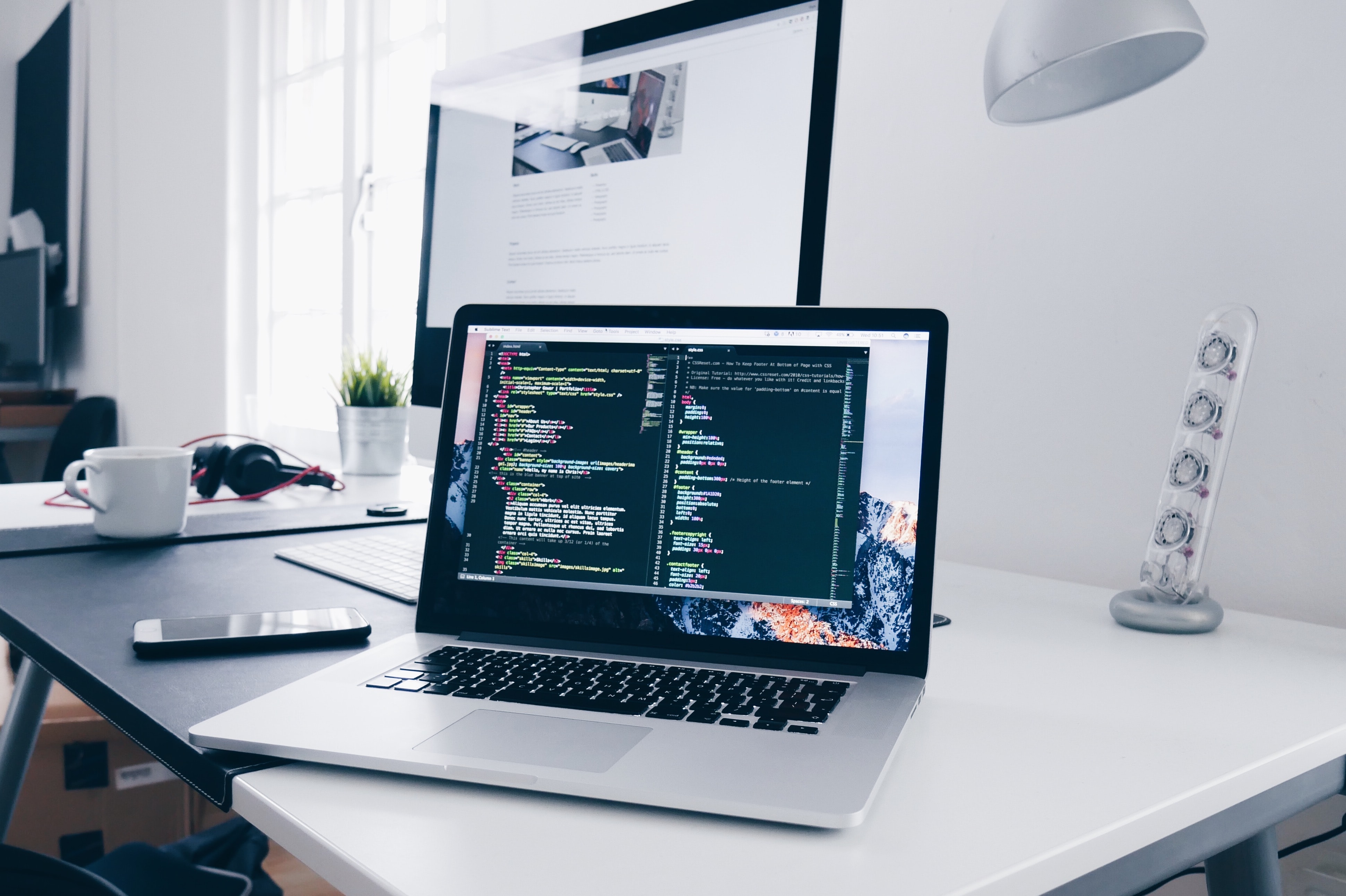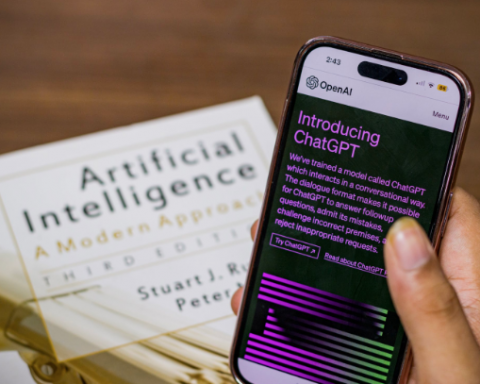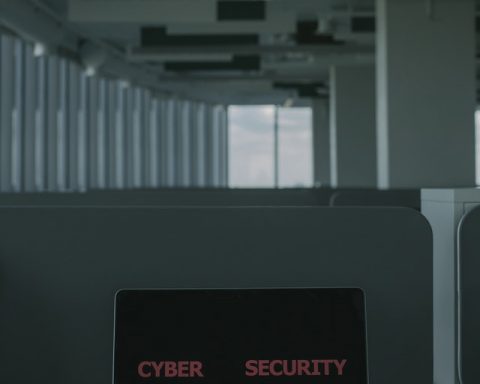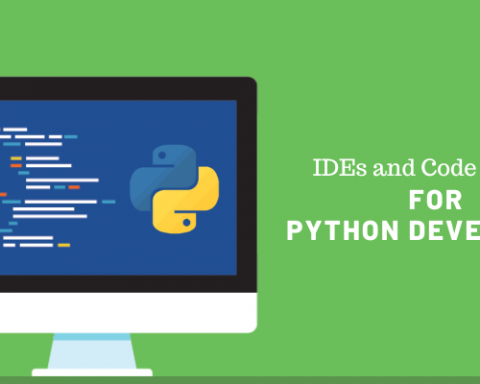Security is a top concern for almost every firm. The tasks and teams associated with security are getting even more focused and perpetually seeking ways to automatize their functions such as monitoring and detecting. It seems like the latest security paraphernalia that is robots and drones are their answer.
The world of technology is becoming increasingly sophisticated with artificial intelligence (AI), computer visions, accurate speech and image recognition, high-powered microprocessors, and advanced engineering. Subsequent to which the speed and efficiency of manufacturing and delivery infrastructure, particularly those employing robots and drones have skyrocketed
The smart drone technology has grown by leaps and bounds due to high-sensitivity sensors such as magnetometers, accelerometers, GPS receivers, and gyroscopes.
Drones: The Guardians of the Land
Drones are specifically used for monitoring, but now their use has been diversified to delivery, filmmaking, construction progress monitoring, assessment of commercial real estate, surveying the industrial environment, etc.
They are your tiny aircraft, controlled via a remote, manually or with assisted flight controls. It has a mounted camera for HD video recording and photo snapping and static design.
Drones Have Become Even Smarter
Smart Drones today come with responsive design, 4K video capturing, intelligent piloting controls, 360 gimbals, upscale instrumentation, and enhanced safety. Most of the latest drones can even be monitored via smartphone apps, but for a seamless flight controlling experience, they have to be complemented with high-powered internet such as that comes with Spectrum Gold Packages.
Is Large-scale Commercial Deployment of Drones Possible?
Drones for commercial purposes should comply with approved regulatory and safety standards, adaptable platform and payload, automated flight modes, complete flight situational awareness with automatic actions such as landing, takeoff, and assignment execution.
There have been plenty of improvements in terms of drone’s monitoring capabilities; instead of an onboard system that uses up a lot of battery and adds to the equipment’s weight, the software sends video streams to the object-detection model. This allows drones to scan the topography and dynamically act with the aid of guided mode.
Full-fledged commercial deployment of drones is infeasible till their systems are intelligently capable of evading collisions with other objects such as people, other drones, buildings, helicopters, and airplanes.
Amalgamation of Sensors
The answer to this quandary comes in the form of warning algorithms in the collision avoidance system. The one or more combination of ultrasonic, lidar, monocular vision, infrared (IR), and vision sensors is merged into the system, eventually enabling businesses to roll out commercial drone use.
The fusion of lidar, photogrammetry, and multispectral sensors help construct 3D models of landscapes and buildings. The thermal vision and low-light night vision sensors help analyze terrain, which comes handy in agriculture, search and rescue, and firefighting missions. The algorithm extracts data from various sensors and analyzes information to gauge orientation and position with greater precision.
The dual Global Navigation Satellite Systems (GNSS) in drones i.e. Global Navigation Satellite System (GLONASS) and the GPS are the key to generating accurate 3D maps and models. These identify the drone’s location and position to that of its pilot.
Finding their Way Back
One of the frustrating challenges associated with drones is that they are at a greater risk of losing contact with the pilot or crashing. Hence, advanced drones in the market are equipped with Return to Home option.
The first option is utilized by the pilot when they call the drone back via their remote controller or the smartphone app. The second one is activated by the drone in cases of low battery, and it automatically returns to the prescribed home point. The third activates in case of disconnection between the drone and the controller.
Less Risk Falling into Prohibited Areas
Most drones allow First Person View (FPV) as it enables the pilot to keep track of the drone’s aerial telemetry via a smartphone app or ground station controller (GSC).
Some even come with a No-Fly Zone option that restricts the unmanned aerial vehicle to enter prohibited territories. The manufacturers streamline this feature via firmware updates.
Unsupervised Tracking
The Active Tracking / Follow me / Follow Your mode in drones allows pilots to pinpoint a moving object for tracking such as a car, person, cyclist, another drone, etc., and follow it without active assistance from the controller.
Also, the three-axis gimbal feature in drones assists with 360-degree camera stabilization despite vibration from the drone. This helps in the creation of excellent photographs and motion pictures.
Robots: The Knights in Shining Armor
The knights from medieval times only served to protect their people and fight battles, but the modern version of a knight is a lot more versatile.
Robots have been revolutionizing the medical field with their assistance in surgery. The da Vinci single-port robotic surgical platform has been handling a wide variety of surgical procedures, particularly the most invasive ones.
Other robots are like your house help such as Asus Zenbo, who follow your voice commands and assist you in day-to-day tasks. They assist in classrooms, business customer service, and health-related tasks such as exercise and medication reminders.
Wearable robots are flexible suits for humans that offer incredible assistance to those with nerve damage or a limb injury. The suit boosts their balance, control, endurance, strength, and personalized mobility. Their aid has also been found in military missions.
They are even front-line fighters against diseases. The Saul robot vaporized the Ebola virus into useless fragments.
Robots have long been touted for their assistance in industrial and assembling processes. The robot-aided automation services to improve speed, efficiency, quality, and productivity of the processes.
Another unexpected use of robots came in dairy farms as farmers struggle to find manual laborers. Robots automate the entire cow milking process without a human operative
However, fears loom large that they will make human labor force redundant, but collaborative bots or cobots, work alongside humans and complement their skills and capabilities. They are usually employed for tasks that are impossible to perform by human hands or too dangerous for them. Microbots work well for dangerous situations and can delve into areas where no one else can reach due to their size.
Scores of robotics applications are cropping up in space exploration, production floor inspection, bomb detection, law mowing, handling hazardous material, sewer cleaning, security services, retail and marketing, and we will eventually see them serving us in restaurants.
What the Future Beholds?
The proliferation of drones and robots has always been a source of concern as fears of safety and privacy looms. Implementation of regulation guidelines may help alleviate those concerns, particularly focusing drones as maximum height during flight, appropriate weather conditions for flight, and prohibited flight areas such as airports are prescribed thoroughly. We are going to witness more efficient, faster, quieter, and automated drones in the coming years.
Thermal cameras, hydrogen fuel, lasers, GPS, improved motion planning, and machine vision are some of the technologies set to revolutionize our modern guardians and knights.

